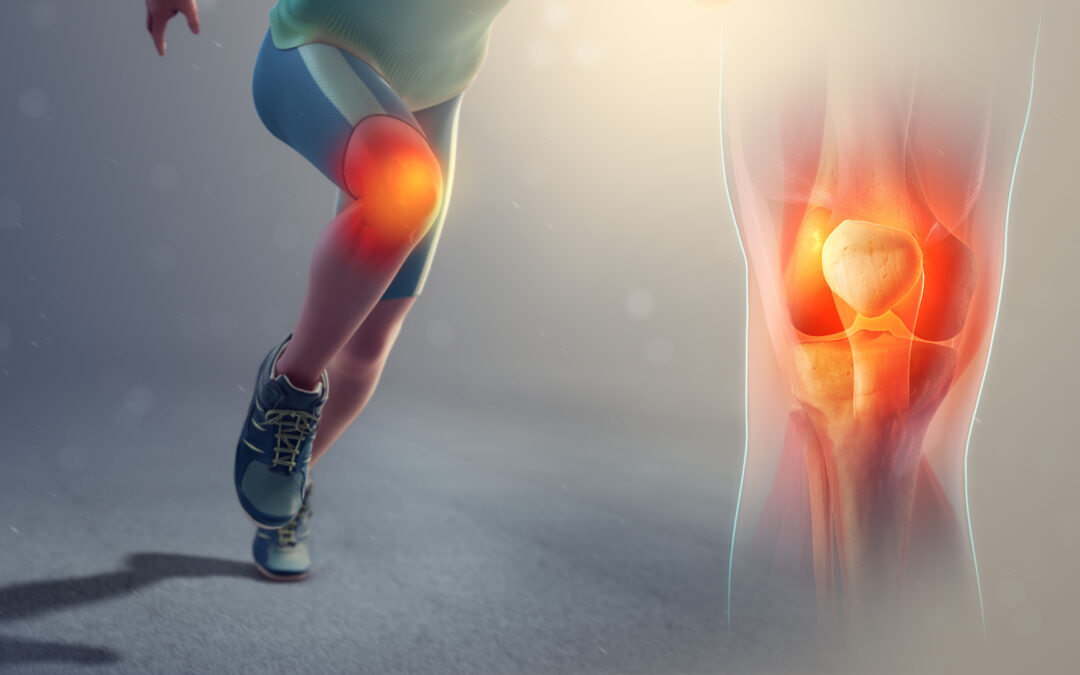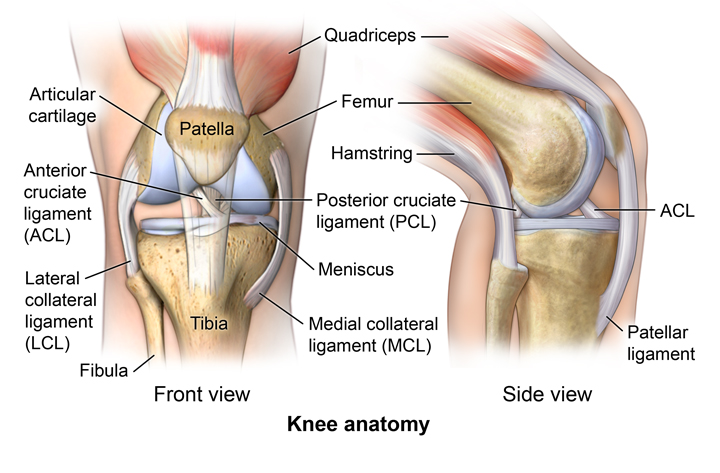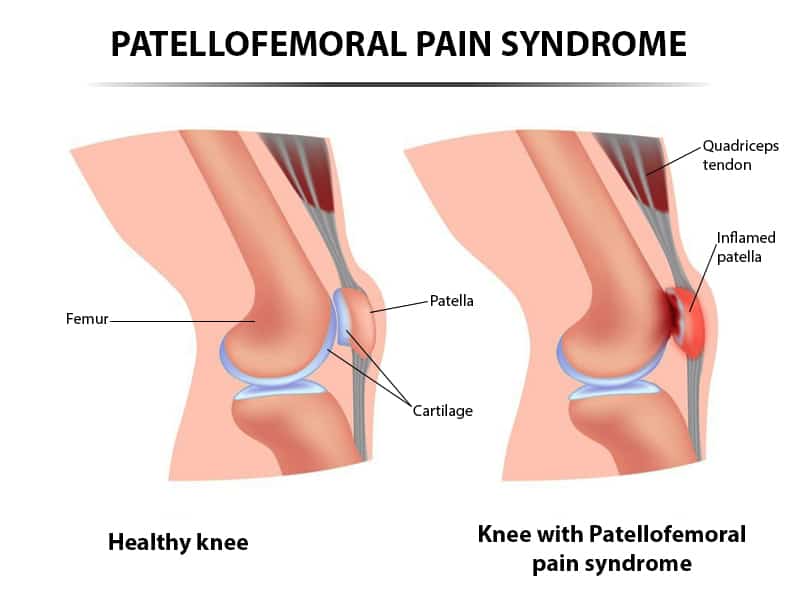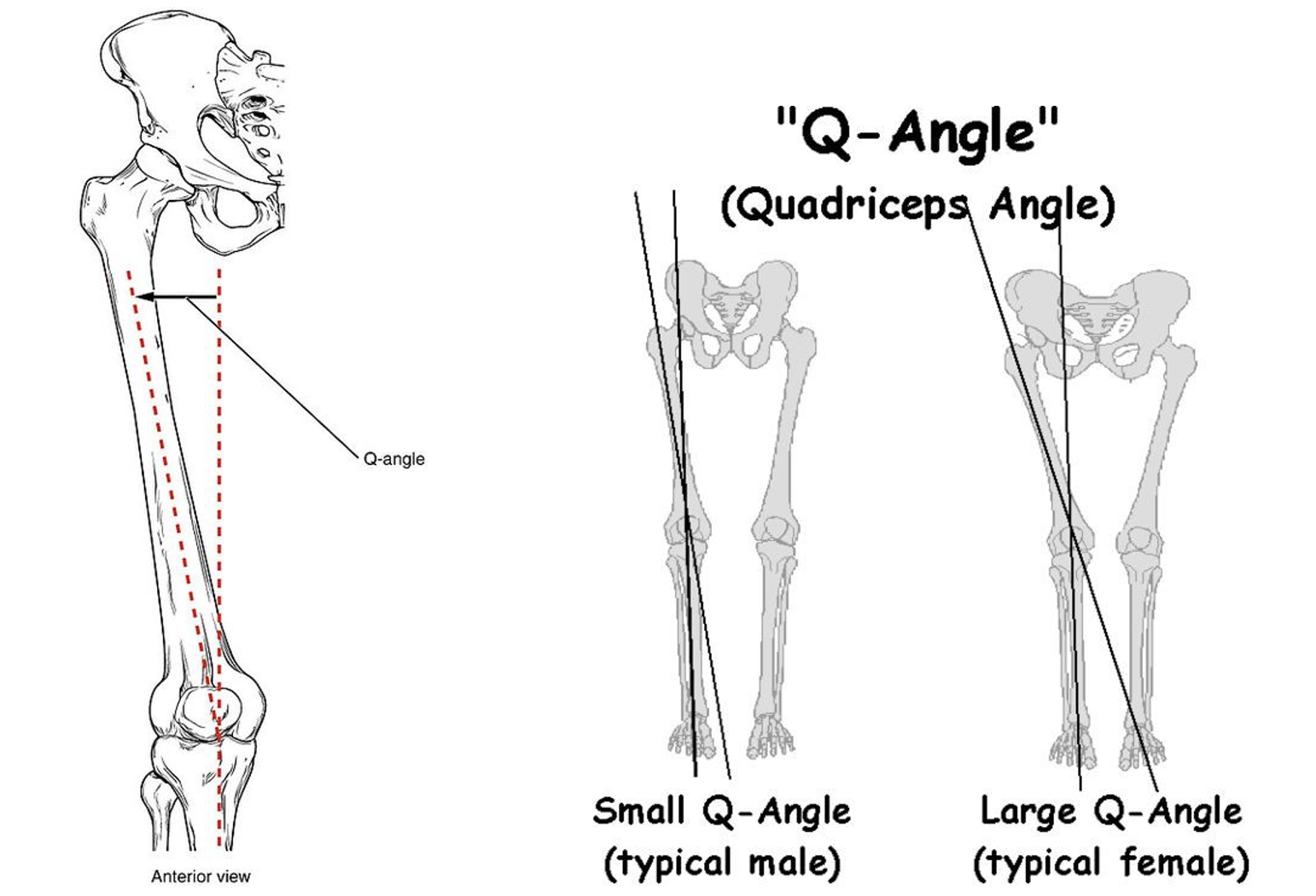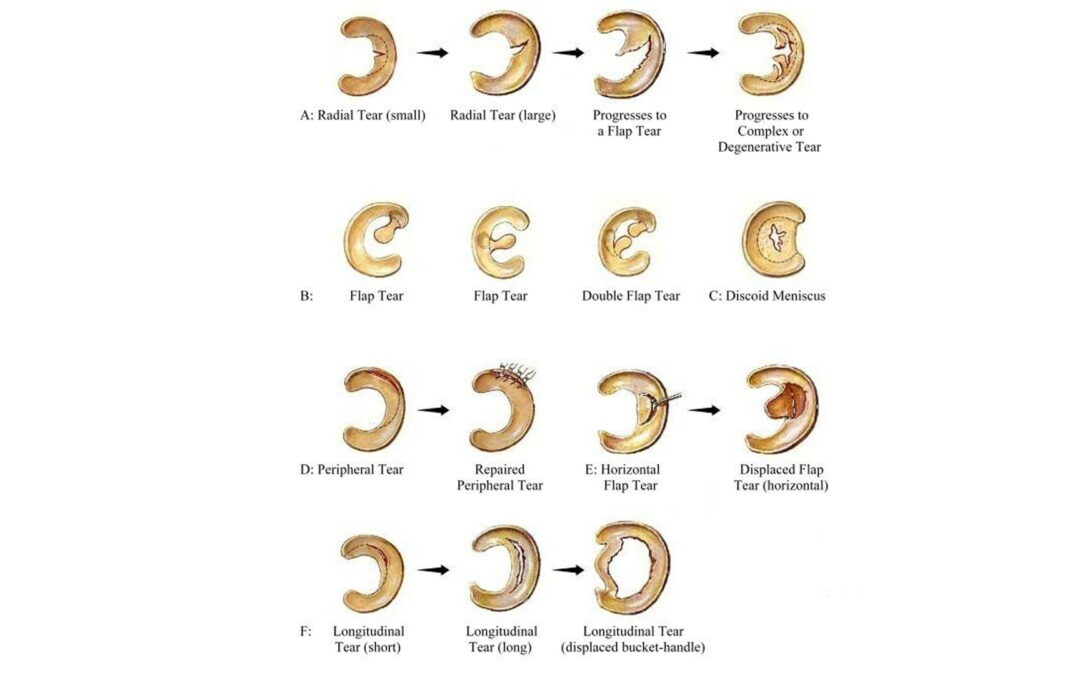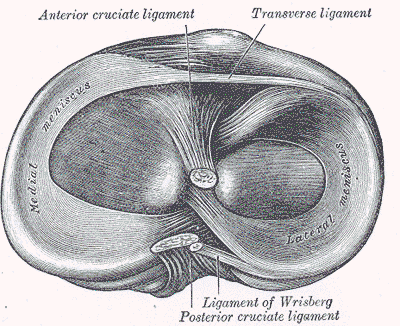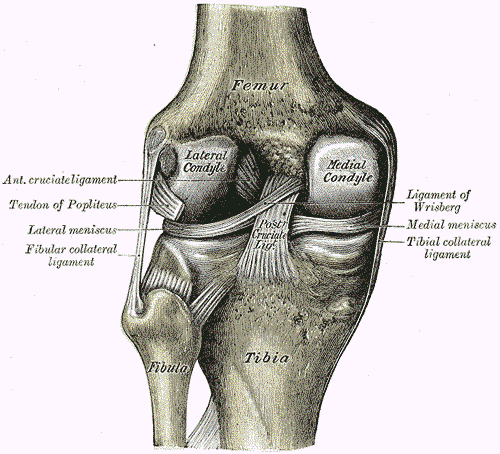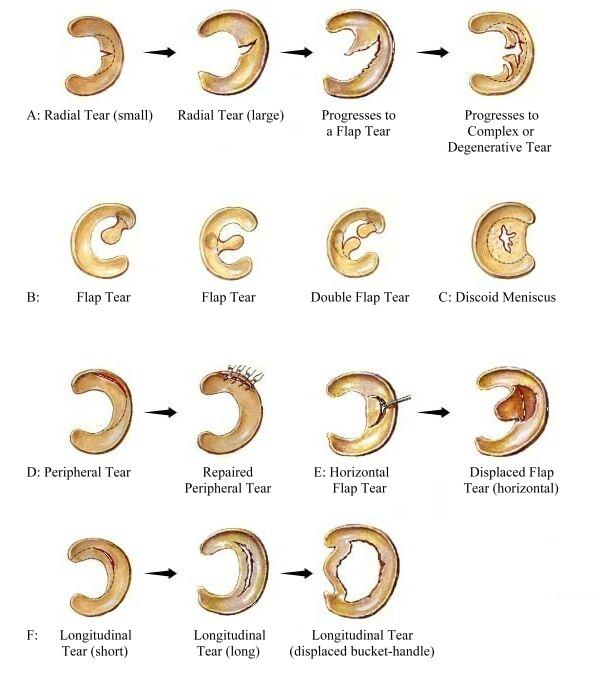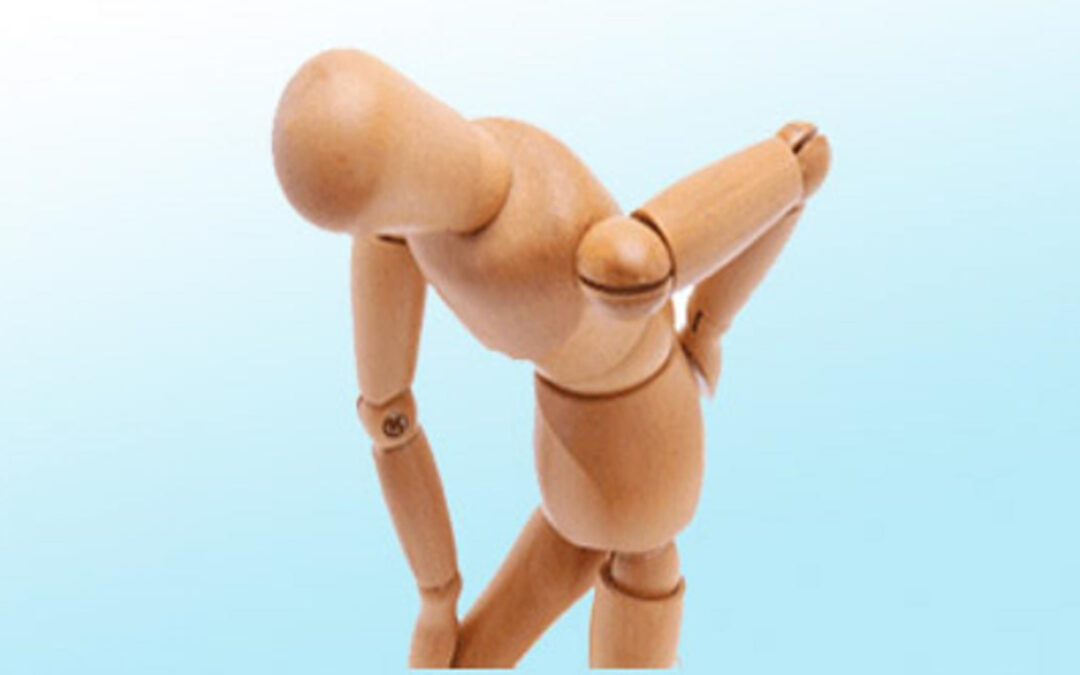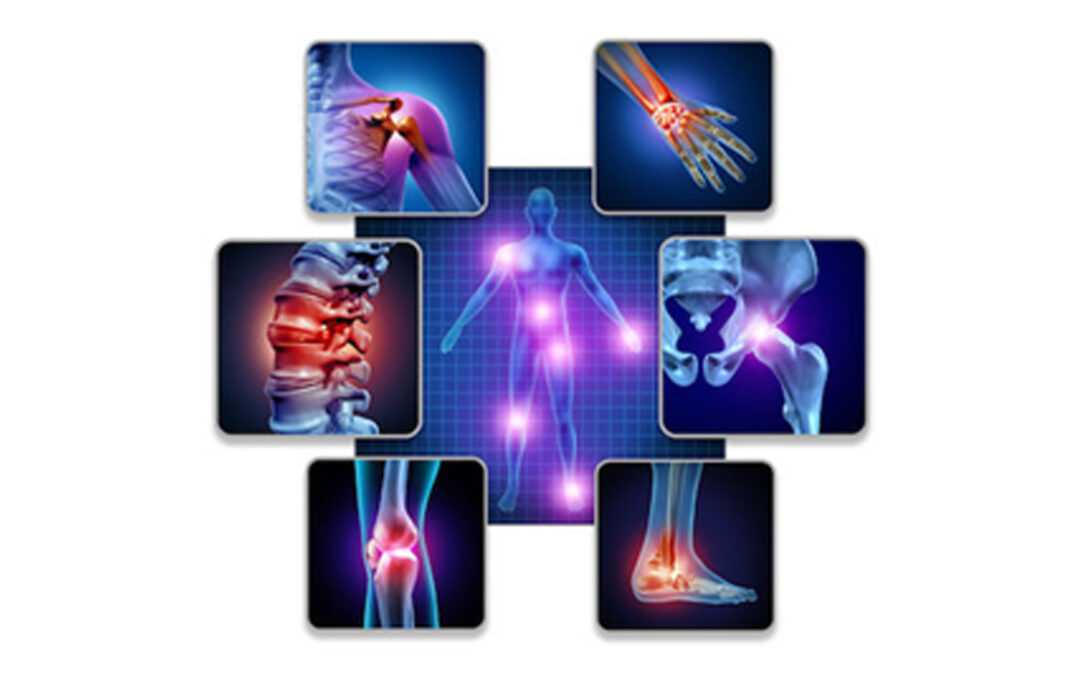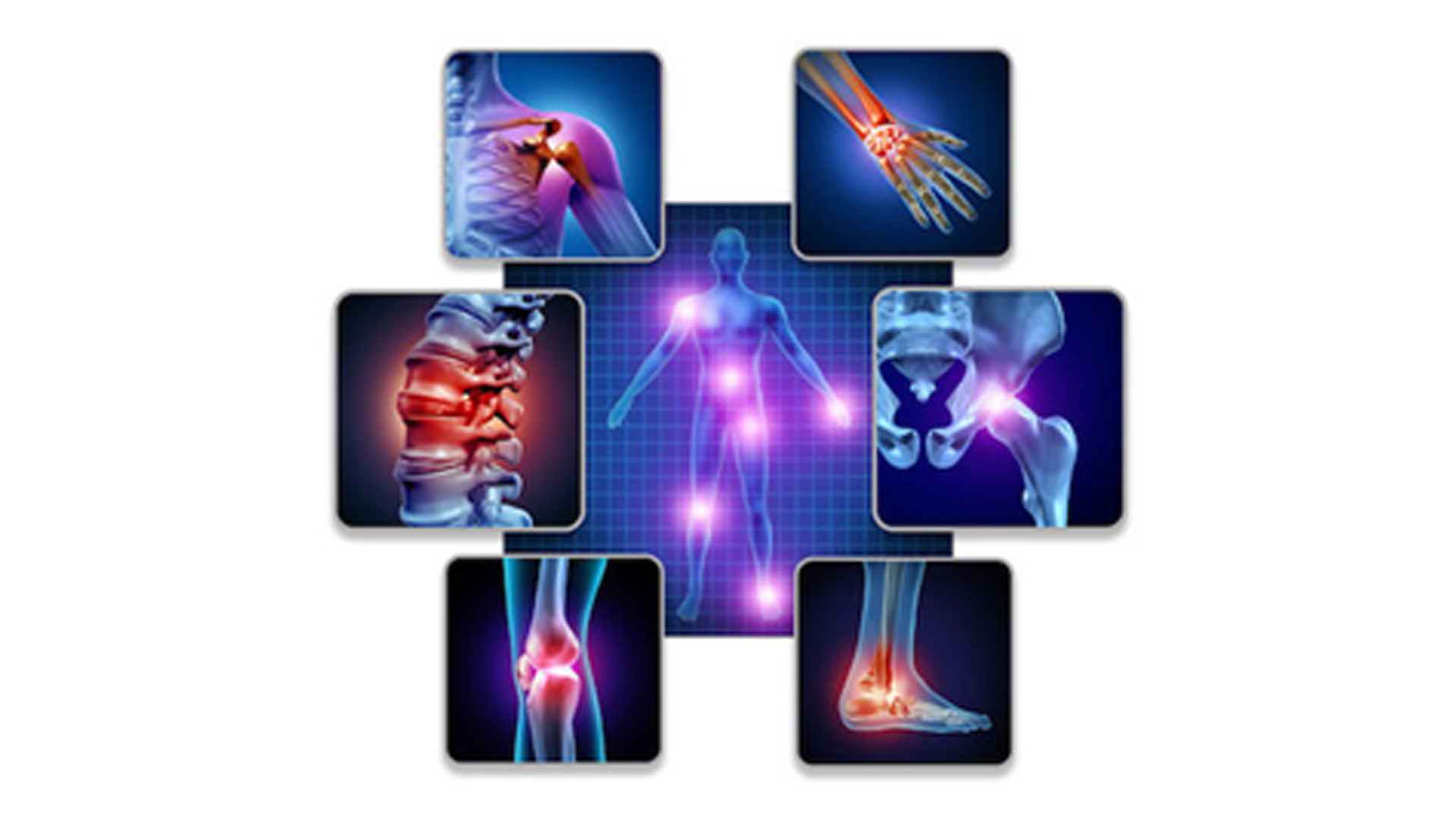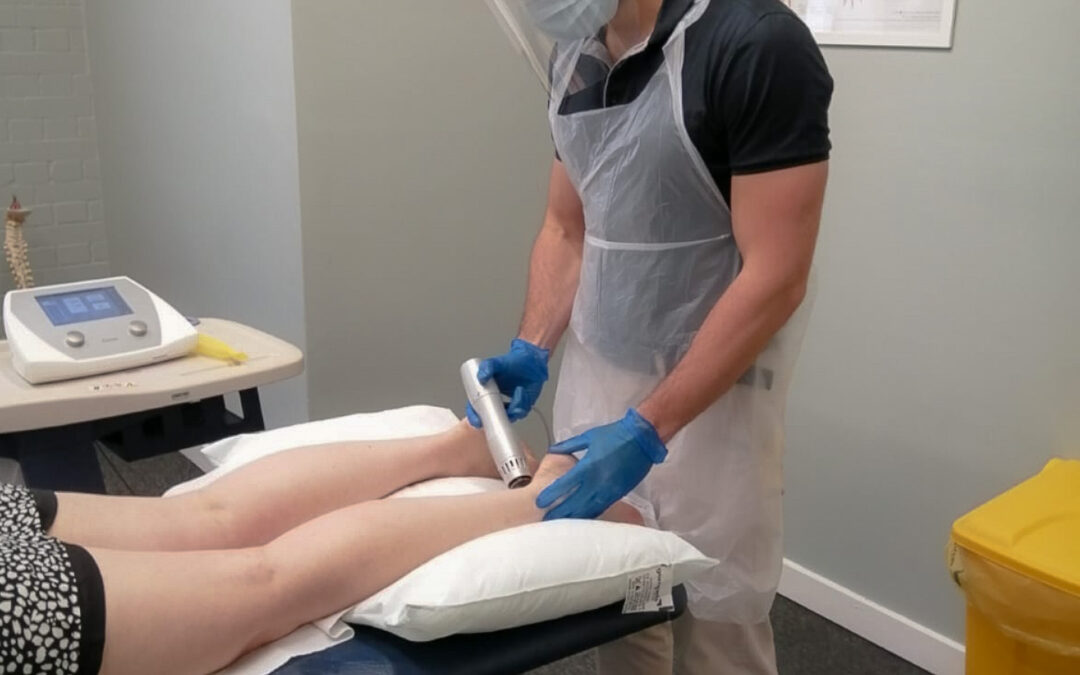
Shockwave Therapy
What is Shockwave Therapy?
Initially used to break up kidney stones, Extracorporeal Shockwave Therapy (ESWT) or simply Shockwave Therapy (SWT) is a ‘mechanotherapy’ consisting of the application of high amplitude pulses of energy transmitted into the body using a shockwave machine. It has since been found to be useful in treating a variety of conditions with more applications being discovered seemingly by the year, but – as physiotherapists – the conditions we are most interested in are tendinopathies.
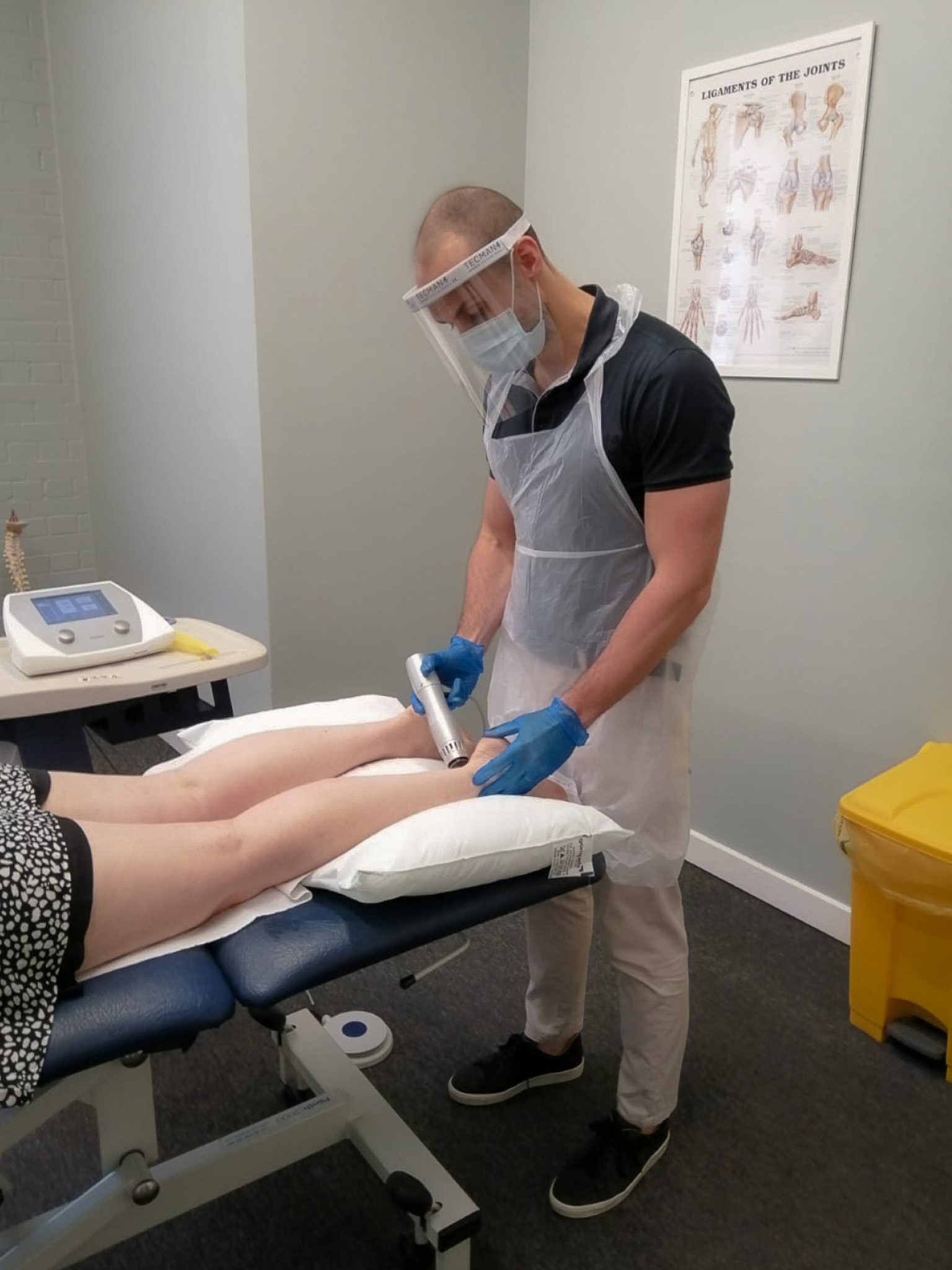
How does Shockwave Therapy work?
SWT is a game changer for the treatment of tendinopathies for two reasons. Firstly, it can stimulate the metabolic activity of targeted cells in our body, promoting tissue healing. Secondly, it can modulate and reduce the perception of pain.
How can Shockwave Therapy help with my tendon problems?
SWT works via a physiological process called mechanotransduction by which our cells respond to the forceful waves delivered by the shockwave machine by converting those mechanical stimuli to biochemical signals. This is very effective in reducing some irritable chronic painful musculoskeletal conditions, of which tendinopathy or tendonitis is usually at the top of the list. While our knowledge of where tendon pain comes from is still developing, we do know that extra blood vessel growth around tendons brings new nerves and subsequent pain receptors. Pain receptors come in two varieties:
- A-delta fibres, which transmit information related to acute pain to the brain (e.g. stubbing your toe or closing your finger in a door)
- C-fibres, which transmit information related to chronic pain to the brain (this is the type of pain that typically relates to tendinopathies as they are conditions that often develop through gradual stress and wear and tear over time rather than a sudden trauma)
Mechanotransduction from SWT has the capacity to inhibit these C-fibres in tendinopathy, ultimately creating pain modulation. One study of over 300 patients with a variety of tendinopathies had a reduced average pain rating from 6.25 to just 0.2. This was a year after the therapy, too. Further studies have corroborated these findings and there has not been any evidence of negative side effects yet. Rehabilitating tendinopathies usually involves fighting fires on two fronts: managing the pain and addressing the cause through physical therapy. By eliminating the pain, we can progress through the physical therapy much more rapidly, significantly reducing recovery times and costs of treatment.
Does Shockwave Therapy hurt?
Without fail, this is the question I am asked most when I suggest SWT. The answer is: yes, a little. But with the correct application, pain during and after treatment should be minimal. Shockwave machines transmit high frequency energy through a pad about the size of your thumb. The sensation feels like lots of rapid, tiny punches, which can leave the area feeling sore afterwards if the affected area is not accustomed to the treatment. However, by starting at a very low dose and gradually increasing the frequency, we can reduce or eliminate this pain and soreness.
Do Physiotherapy and Shockwave Therapy go hand in hand?
Yes, they do. If you have developed a tendon problem, there is usually an underlying mechanical issue that has caused it, whether it is posture, footwear, muscle imbalance, weakness, sports technique and so on. Having SWT without a physio programme to resolve the underlying issue means that you may become pain-free, but whatever was damaging the tendon in the first place will not be addressed and will continue to compromise your return to sport or functionality. This could lead to the development of even more serious tendon damage and, long term, the potential for worse pain.
How much does Shockwave Therapy cost?
The evidence suggest that one-off session is not enough to promote tissue healing and reduce pain and that it is reasonable to have at least three sessions normally 5 to 7 days apart to get a meaningful improvement. We provide three sessions of SWT, including the usual physiotherapy, for €200. Individual sessions are priced €75.

